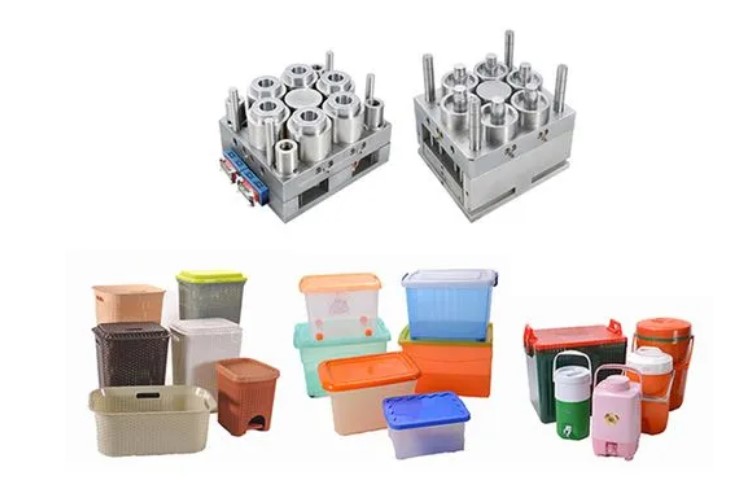Injection molding and 3D printing are two manufacturing processes that have become increasingly popular in recent years due to their versatility and ability to create complex designs. While both techniques have their advantages and disadvantages, many people are wondering if 3D printing will eventually replace injection molding.
To answer this question, it is important to first understand how each process works. Injection molding involves melting plastic pellets and injecting the molten material into a mold cavity. Once the plastic cools and hardens, the mold is opened, and the finished product is ejected. This process is typically used for mass production of identical parts and can be done with a wide range of materials, including thermoplastics, thermosetting polymers, and elastomers.
3D printing, on the other hand, uses a digital file to create a physical object layer by layer. The process involves melting a filament or resin and extruding it through a nozzle to build up the object from the bottom up. 3D printing is often used for prototyping and producing small batches of parts with complex geometries.

While both injection molding and 3D printing have their benefits, they each have distinct advantages and disadvantages that make them more suitable for certain applications. Injection molding is ideal for high-volume production of identical parts, as it can produce parts quickly and efficiently. It is also more cost-effective than 3D printing for large quantities. However, the upfront costs of designing and manufacturing the mold can be quite high, making it less feasible for small production runs.
3D printing, on the other hand, is ideal for producing low-volume runs of parts or prototypes with complex geometries. It is also more flexible than injection molding since changes can be made to the digital file and printed quickly. However, 3D printing can be slower and more expensive than injection molding for larger quantities.
In recent years, 3D printing has made significant advances in material capabilities and is now able to print with a wide range of materials, including metal, ceramics, and even food. This has led to increased use of 3D printing in industries such as aerospace, medical, and automotive, where complex designs and customized parts are necessary.
However, despite the advancements in 3D printing, injection molding still has a significant advantage in terms of speed and cost-effectiveness for high-volume production. While 3D printing may eventually replace injection molding for certain applications, it is unlikely to completely replace the process due to its limitations in terms of production speed and cost.
In conclusion, while 3D printing has made significant advancements in recent years and has become an increasingly popular manufacturing process, it is unlikely to completely replace injection molding. Both processes have their advantages and disadvantages and are more suitable for certain applications. As technology continues to evolve, it is likely that both injection molding and 3D printing will continue to play important roles in the manufacturing industry.













